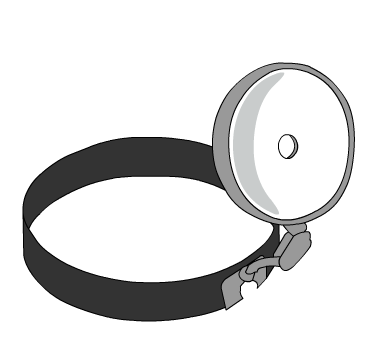1. Name of the location of 90% of epistaxis
2. A genetic disorder that forms AV malformations in the skin, lungs, brain etc
3. Name of posterior vascular plexus in the nasal cavity causing posterior epistaxis
4. 1st line treatment for all epistaxis
5. The common brand name for anterior nasal packing
6. Chemical used in cautery sticks
7. Physically scaring complication of posterior nasal packing with foleys catheter
Coming soon..
Salivary Gland Disease
Introduction
There are three major salivary glands and hundreds of minor ones scattered in the oral mucosa. The major glands, from large to small, are the parotid, the submandibular and the sublingual glands. The parotid and submandibular glands are palpable in the neck while the sublingual glands are only seen on the floor of the mouth under the front of the tongue.

They all produce saliva which aids in lubricating the mouth and the food bolus. It also has a role in digesting food and as an antibacterial fluid maintaining oral health.
The Parotid Gland
This gland has two lobes: one superficial and one deep. The lobes are separated by the facial nerve as it divides into its five main branches in the face. The duct is short and straight, opening into the mouth opposite the second upper molar. Its secretions are watery.
The Submandibular Gland
This gland also has a deep and superficial component. Its duct is long compared with the parotid's and it travels upwards in the floor of the mouth to open adjacent to the lingual frenulum. It produces a more mucous saliva and this, together with the shape and length of its duct, makes it more prone to stone formation.
The commonest disease to affect this gland is a duct stone or a stenosis. The gland is prone to these due to the nature of its secretion and the long course of the duct. These encourage infection and scarring or stone formation.
Tumours
Tumours are the most important disease of these glands for this course. 90% of salivary tumours are in the parotid and 90% of those are benign. They generally occur in the superficial lobe and they don't affect the facial nerve. The commonest benign tumour is the pleomorphic adenoma but even this has a small malignant potential.
Malignant tumours may cause paralysis of the facial nerve if they infiltrate or compress it. Benign ones don't do this.
Tumours of the submandibular gland are much less common but are more likely to be malignant than those in the parotid.
Sialadenitis - Infection / Inflammation of Salivary Glands (Parotitis links here)
May occur as a result of a viral infection e.g. mumps. Dehydration or a calculus occluding the salivary duct can also lead to secondary infection within the salivary gland. This is commoner in the elderly and in patients in palliative care.
Symptoms
-
Pain over the affected gland may be severe enough that the patient stops eating / drinking
-
Constitutional symptoms
-
History of a bad taste in mouth
Clinical Findings
-
Swelling/tenderness over the affected region may feel hot to touch
-
Trismus (difficulty opening the mouth) – esp. if the parotid gland is involved
-
Pus extruding from duct – this may be spontaneous or be extruded by massaging the salivary gland duct
-
A calculus might be palpable in the duct
-
Be cautious to rule out dental pathology
-
If aetiology is unclear consider USS +/- FNA as a diagnostic aid
Management
-
If severe, admit for IV fluids/rehydration
-
Antibiotics (Augmentin +/- metronidazole) – IV, if admitted
-
Analgesia (usually a very painful condition)
-
Sialogogues – patient should be advised to suck on lemons or fruit sweets
-
Failure to settle might suggest abscess formation and an ultrasound scan might be indicated

